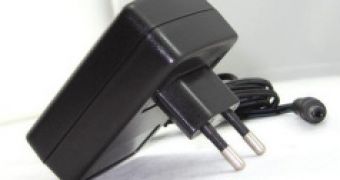A recent report published by Strategy Analytics Handset Component Technologies, “Cell Phone Energy Gap: Desperately Seeking Solutions,” shows that the growth in the number of features and application usage will not be offset by the latest advancements in power consumption and battery chemistry. According to the report, the usage of Web browsing, social networking and navigation will see a great increase in the future, growing from 9 percent of battery budget in 2008 up to 30 percent in 2014. Said report also goes on with the analysis of the battery budgets in different segments of the mobile phone market, such as smartphones, feature phones or basic ones.
It seems that the battery capacity has seen a growth of only 4 percent per year during the last three years, and that increase is not sufficient. According to Strategy Analytics, the next-to-come Silver Zinc and Hydrogen Fuel Cell solutions will most likely replace the existing Li-Ion batteries. In addition to that, the report also shows that the fact that the smartphone segment of the market has seen such a great increase lately is also influencing the battery budget because smartphone owners use their devices the most while accessing a wide range of applications.
“Strategy Analytics predicts a 4.8% per year reduction in the Average Time Between Charges (ATBC) in cellphones between now and 2015. Much of this is due to the growing penetration of features like web browsing, navigation and social networking. Speed-charging solutions using ultra-capacitors will not increase the total energy stored in cellphone batteries, but may ease the pain associated with having to recharge more often,” stated Stuart Robinson, director of the Strategy Analytics Handset Component Technologies service.
Massachusetts Institute of Technology has unveiled recently a few projects that are connected to finding alternatives to the currently existing solutions on the market. Some of the most interesting ones they showed to the world include capacitor prototypes and supercapacitors, which are made out of an electrical and a chemical component, as well as liquid metal batteries, which are said to be able to store several times more energy than conventional solutions. Not to mention prototypes that are able to charge much faster than the Li-Ion batteries we currently use.
Other scientists are also working on finding solutions to offer longer battery life to consumers. Sravan Kundojjala, analyst, adds, “Strategy Analytics believes that emerging technologies, like Fuel Cells, Symmetric Multi-Processing (SMP), small semiconductor process nodes and bistable displays, could eventually have a positive impact on the cell phone battery budget.”

 14 DAY TRIAL //
14 DAY TRIAL //